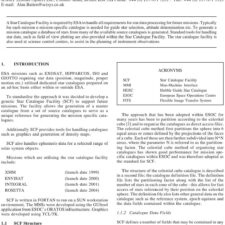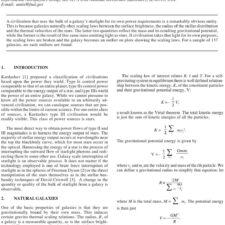Docking with Rotating Space Systems
£0.00
M. Hempsell (2019), JBIS, 72, pp.153-160
Refcode: 2019.72.153
Abstract:
It is a common conclusion that spinning habitats to provide artificial gravity will be an important aspect of humanity’s long term occupation of the orbital space environment. Such systems need docking ports to connect with delivery systems for crews and supplies. System concepts incorporating artificial gravity typically place these ports in a despun section. This means the docking or berthing process is conceptually the same as for non-spinning systems. However in reality the inevitable misalignment between the intended and actual mass properties of the spinning section will create a motion of the docking port that is outside the design misalignment range of the standard docking systems. The spin induced motion could be removed with active mass property control to remove misalignments due to movements within the habitat. Alternatively the motion could be actively compensated for by moving the docking port (or in berthing operations moving the manipulator end effector) so that it remains fixed in space. A simplistic assessment suggests that the trade-off between active control of the mass properties and active control of the motion would seem to favour motion control on a mass and complexity basis. However the design considerations are also effected by the considerations of loads on the despin mechanism which could favour active mass properties control in some circumstances.





